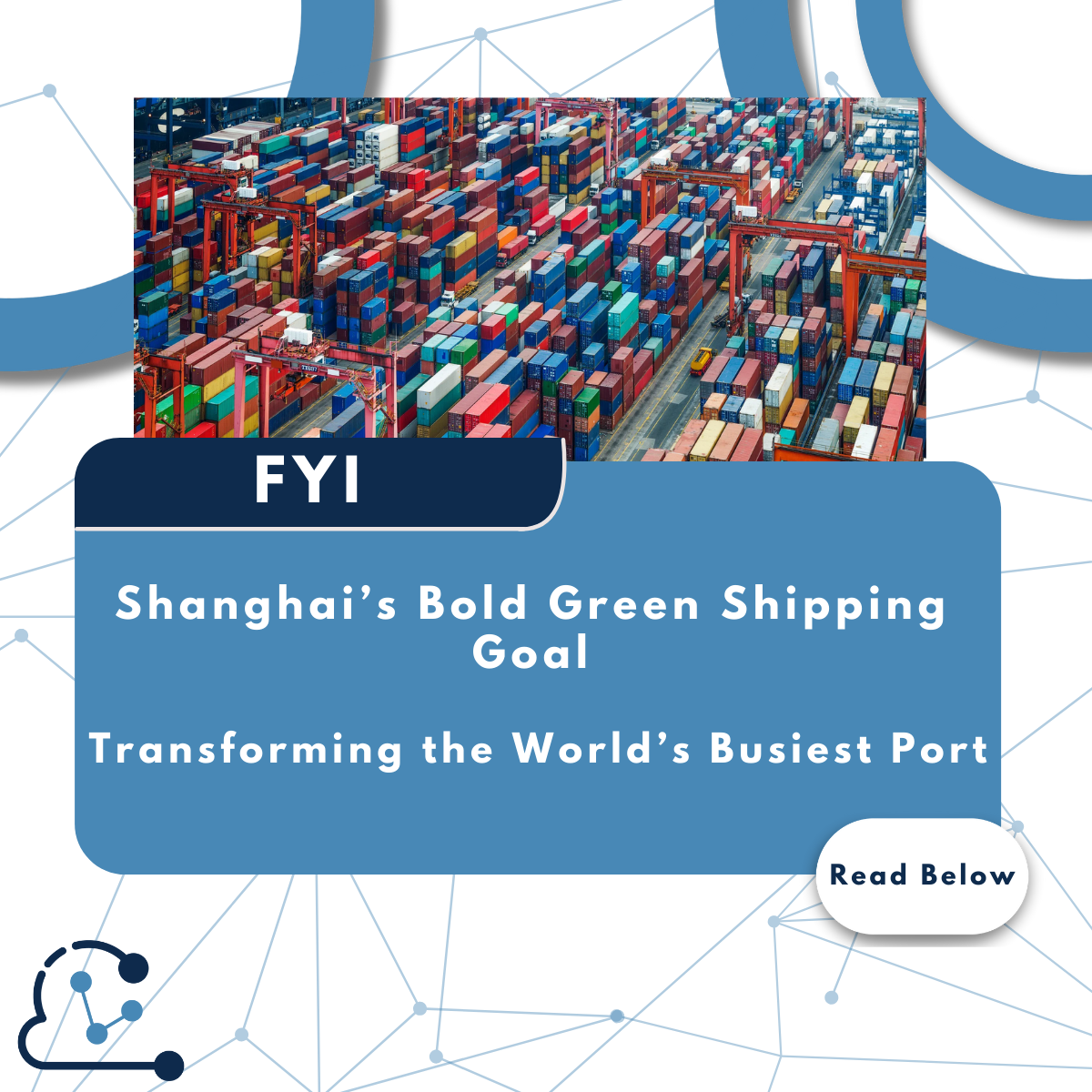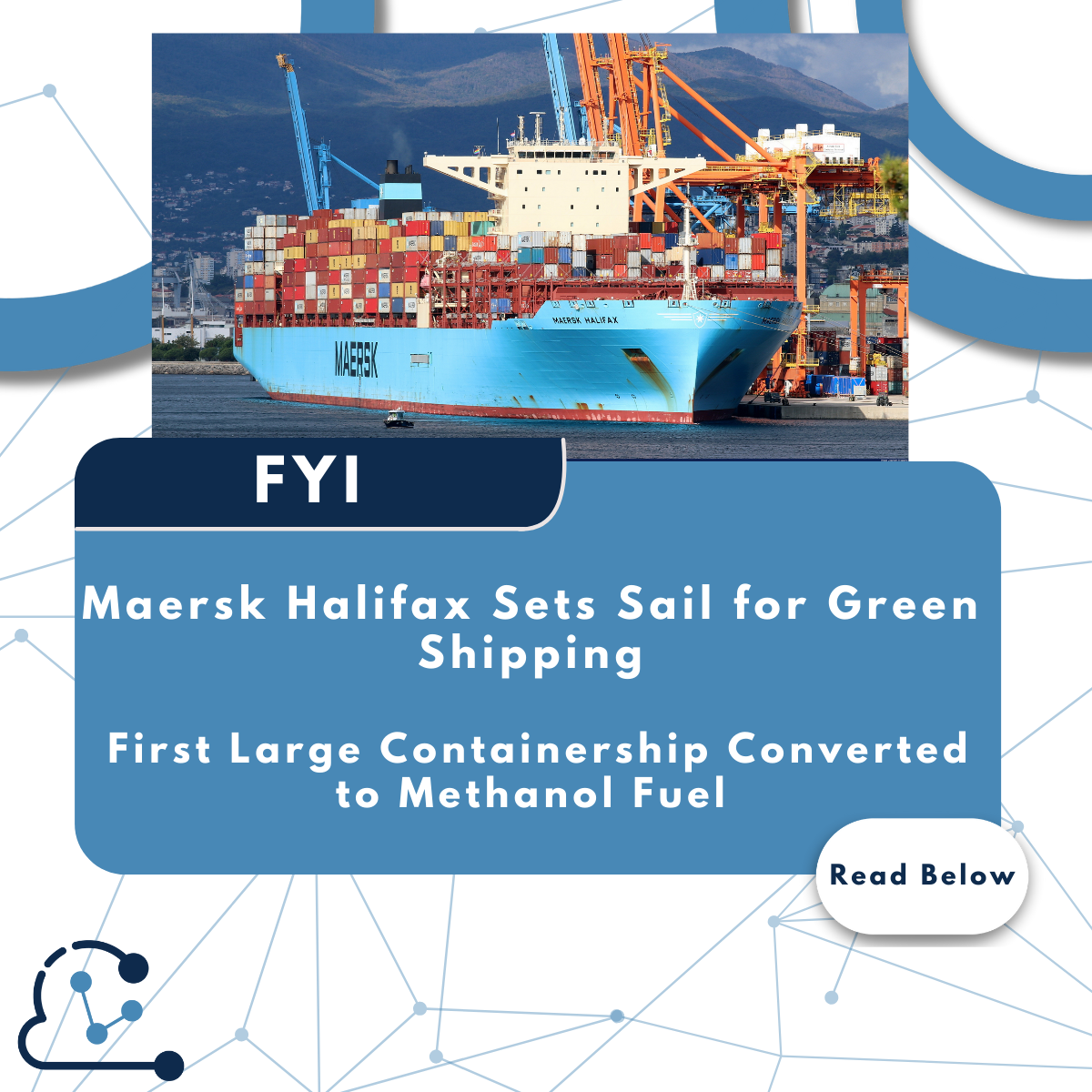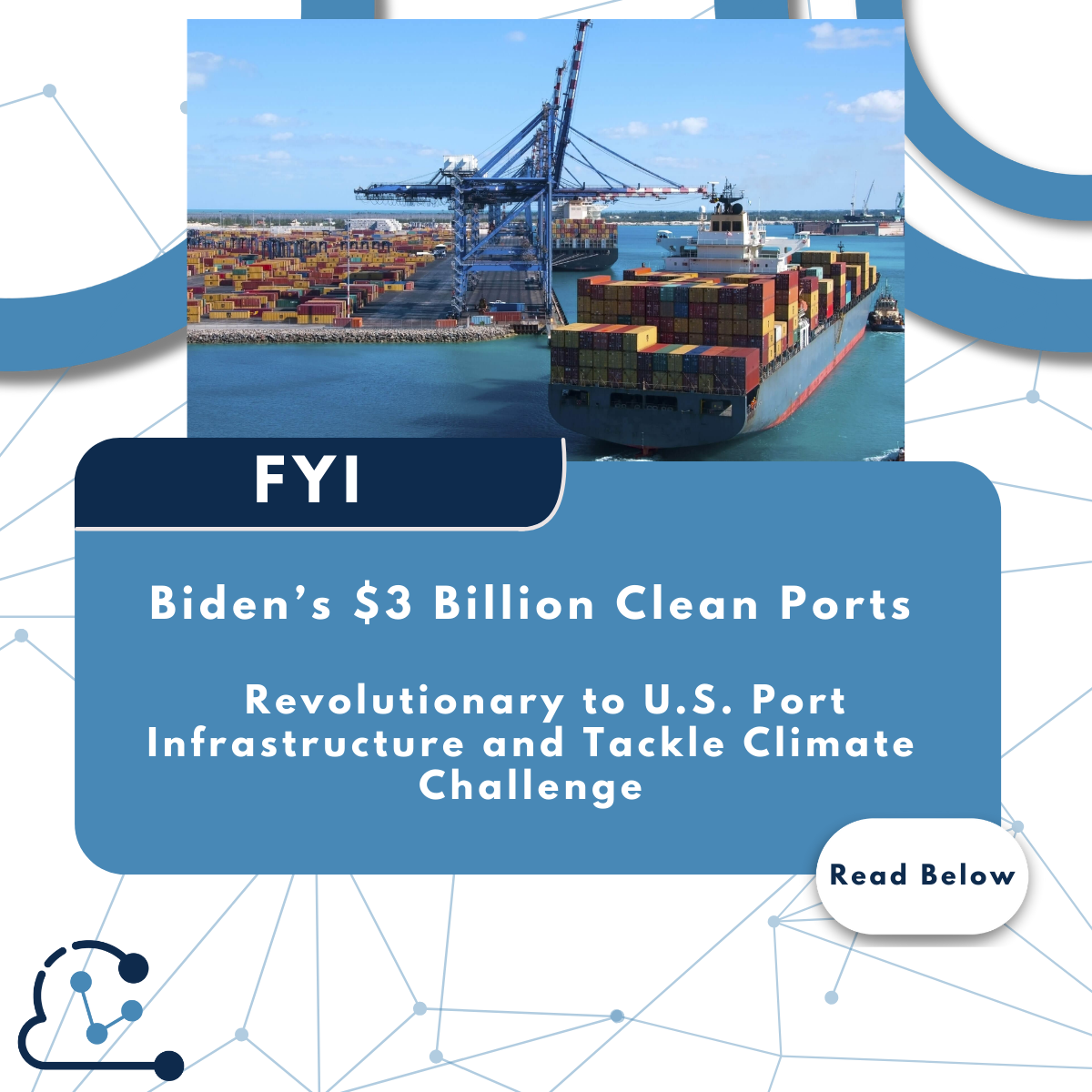East Coast Port Contract Talks Stalled Amid Automation Debate
Negotiations over a new master contract between US East Coast port employers and the International Longshoremen’s Association (ILA) appear to have stalled yet again, as disputes over the future of automation threaten to delay a final agreement. The employer association US Maritime Alliance (USMX) issued a statement indicating that, while there was “positive progress on a number of issues,” talks had broken down over the implementation of port automation technologies, which have been in place in some US ports for almost two decades.
As the extended deadline for the new contract looms just over two months away, on 15 January, USMX confirmed that the current round of negotiations had ended inconclusively. The statement expressed a desire to resume discussions but underscored the sticking point: USMX wants to modernise port operations using technology to improve safety, efficiency, and supply chain capacity—without eliminating jobs. However, the ILA remains adamant that an agreement supporting automation would threaten jobs and reduce union influence over time.
A Complex Issue with Wide-Ranging Implications
Automation has become a vital tool for ports worldwide, not only to improve efficiency and safety but also to address pressing environmental concerns by reducing emissions and energy consumption. In today’s global landscape, where climate impacts are increasingly monitored, the inability to modernise ports could lead to severe bottlenecks, impacting everything from business profitability to carbon footprint management.
The demand for automation is also being driven by unprecedented supply chain pressures that surfaced in recent years, revealing significant inefficiencies in ports still reliant on manual processes. With major freight forwarders and logistics service providers (LSPs) now dependent on real-time data to mitigate disruptions, the stakes for a digitally integrated supply chain have never been higher.
USMX has emphasised that it seeks a balance, arguing that technological upgrades in East Coast ports are not about eliminating jobs but about evolving to meet current and future demands. “What we need is continued modernisation that is essential to improve worker safety, increase efficiency in a way that protects and grows jobs, keeps supply chains strong, and increases capacity that will financially benefit American businesses and workers alike,” the statement said.
Visibility Software: A Critical Tool for Navigating Disruptions
As uncertainty mounts, LSPs and Beneficial Cargo Owners (BCOs) are increasingly concerned about the risk of a second port stoppage, which could severely disrupt US supply chains. Many LSPs have already pointed out the critical need for supply chain visibility software that provides real-time data insights. This technology allows businesses to make informed, business-critical decisions that counteract potential supply chain disruptions, particularly if negotiations continue to falter.
Such visibility is becoming indispensable in a climate where organisations must consider both supply chain efficiency and environmental impact. By leveraging real-time data insights, LSPs and BCOs can proactively manage climate impacts, mitigate delays, and optimise routes to reduce emissions.
Team Worldwide’s SVP International, Bob Imbrani, weighed in on the ILA’s stance, noting that “for the union, automation is an existential issue, as a reduction of its numbers over time would diminish its standing.” With automation posing both a potential risk and an opportunity, the importance of an innovative, tech-driven solution is evident as companies prepare to navigate the uncertain waters of 2024.
As the East Coast port negotiations continue, the US shipping industry stands at a crossroads. Whether the outcome of these talks leans toward innovation or tradition, one thing is clear: real-time supply chain and climate impact visibility will be crucial tools for LSPs, BCOs, and businesses alike to weather the challenges ahead and optimise their operations in an evolving global landscape.




